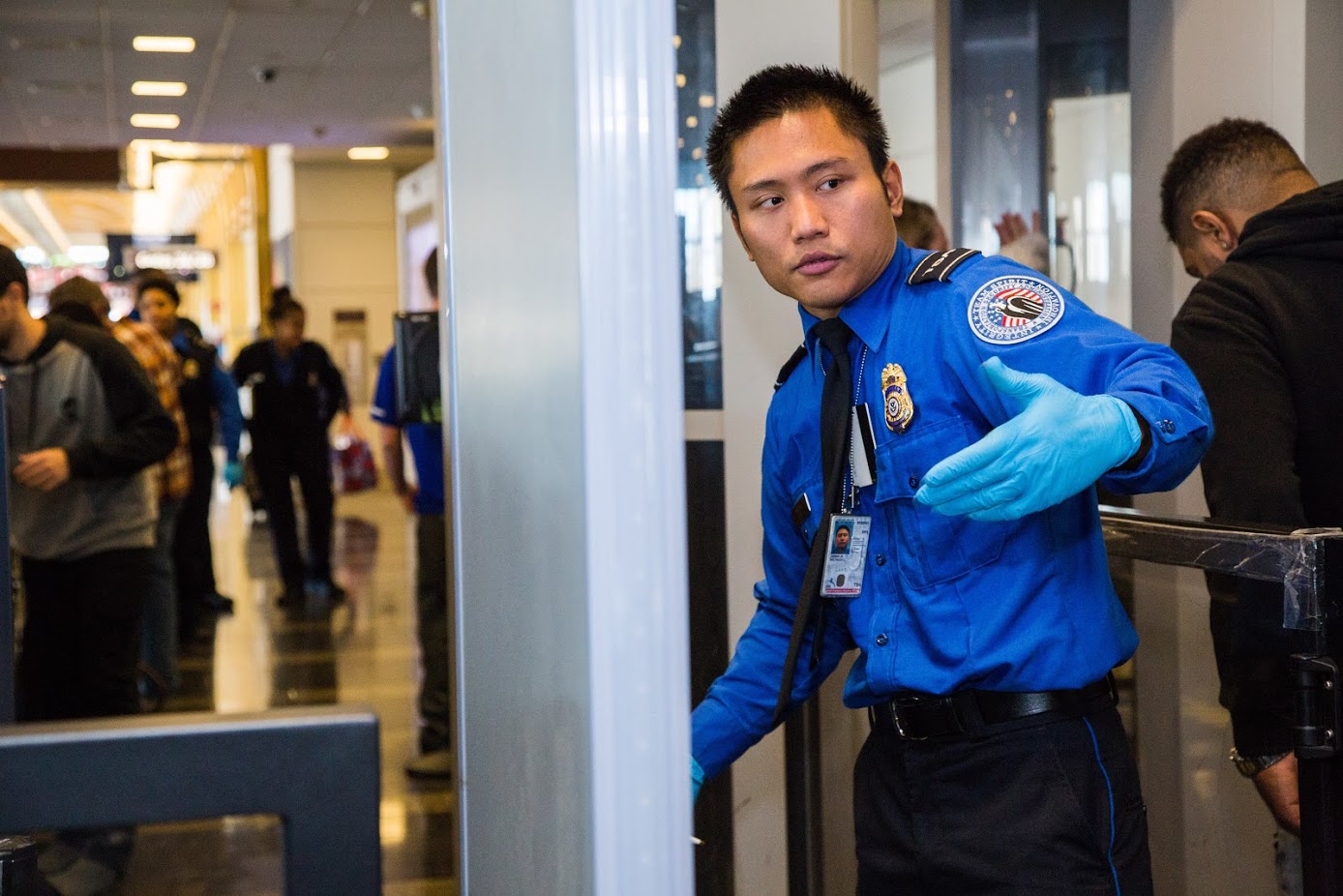
There’s no real need to work very hard to get through the Transportation Security Administration (TSA) security screening process this Labor Day Weekend. However, for individuals who may not have traveled in a while and may be somewhat “rusty,” we’ve got these tips to help ensure their final holiday travel weekend of the summer season is stress-free.
Ten TSA Tips
Tip One: Arrive early. The airport will be busy, especially this Friday, so arrive early enough to allow for adequate time to check bags, go through the security checkpoint and arrive at the departure gate. Typically, 90 minutes is enough time to do so, although at the nation’s largest airports, getting to the airport two hours prior to a scheduled flight is recommended.
Tip Two: Know before you go. Know what is in each carry-on item (i.e., purse, knapsack, laptop bag, duffle bag, messenger bag) to ensure there are no prohibited items inside. Unpack before you pack. Before leaving home, open each carry-on item. Unzip every nook and cranny and every compartment. Make sure there are no knives, guns, brass knuckles and oversized liquids, gels or aerosols inside.
Carry-on bags with prohibited items inside slow down the security screening process and delay travelers from getting to their gates.
Tip Three: Remove belts and empty pockets. Travelers should remove everything from their pockets, and remove their belt. It’s important to remember to remove items clipped onto a waistband too. Place those items directly into a carry-on bag instead of into a bin to reduce touchpoints and help ensure travelers don’t leave anything behind.
Tip Four: Help avoid a bag check. Know where to pack large liquids, gels and aerosols to avoid having a carry-on bag pulled aside and opened by a TSA officer. This is the most common mistake that travelers make. Pack liquids, gels and aerosols larger than 3.4 ounces in a checked bag. The most common prohibited items that arrive at security checkpoints are large containers of shampoo, body spray, perfume, cologne, shaving cream, hair gel/cream, sun block, mouthwash, body lotions and beverages. How do you know if an item is a liquid, gel or aerosol? If you can spill it, spray it, spread it, pump it or pour it, then it is considered a liquid, gel or aerosol.
Tip Five: Take note of TSA’s touchless technology. Technology continues to be a major priority for TSA as the agency continues to raise the baseline of aviation security and reduce touchpoints during the screening process. TSA has introduced credential authentication technology units at hundreds of checkpoint travel document checking stations that often results in no need to show a boarding pass. The credential authentication unit verifies the ID (i.e., license or passport) and verifies flight information in near real-time.
If an airport does not yet have credential authentication technology, travelers will place their boarding pass (paper or electronic) onto the reader themselves—no longer a need to hand it to a TSA officer. Then hold up the boarding pass for the TSA officer to visually inspect it.
Computed tomography technology at checkpoints is now at countless airports nationwide and provides high-quality, 3-D images of the contents of a carry-on bag that a TSA officer can see on a monitor that allows the image on screen to rotate up to 360 degrees on three axes for a more thorough visual analysis of a bag’s contents. By rotating the images, a TSA officer can analyze even cluttered carry-on bags for potential threats without having to open or touch the bag. These units allow travelers to leave their electronics inside their carry-on bags.
Tip Six: Package food for easy screening. Food items often trigger an alarm during the screening process. It’s best to pack all food items in one clear plastic bag and place it in a carry-on bag. Upon arrival at the checkpoint, remove the bag of food from the carry-on bag and place it into a bin to avoid having food touch a bin, thus reducing cross-contamination. This often speeds up a passenger’s trip through a checkpoint.
Tip Seven: Just ask. If you’ve got a question about the security screening process, ask us! TSA has an active Twitter account where travelers can send their questions. Tweet the question (with or without a photo) to @AskTSA. This method of asking questions of TSA is especially helpful when trying to determine whether an item should be packed in a carry-on or checked bag.
Tip Eight: Follow us. TSA’s social media accounts provide helpful security tips and guidance—often in a humorous way, so please follow us on Instagram, Twitter and Facebook.
Tip Nine: Bring hand sanitizer and wipes. As a temporary exemption from the 3-1-1 rule, TSA continues to allow travelers to carry up to one 12-ounce container of hand sanitizer through the checkpoint in a carry-on bag. Because these containers exceed the standard 3.4-ounce allowance typically permitted through a checkpoint, they will need to be placed in a bin for screening. It may take a little longer to screen the container of hand sanitizer. Passengers may also bring sanitizing wipes, as many as they like.
Tip Ten: Enroll in TSA PreCheck®. Travelers don’t have enough time to enroll in TSA PreCheck® prior to the Labor Day holiday weekend, but for people who are planning to travel later in September or again this year, there is plenty of time to enroll. The benefits include enabling travelers to keep shoes, belts and jacket on leading to an expedited experience. In the TSA PreCheck lane travelers spend less time waiting in line and are not required to remove electronics or food items from bags.
